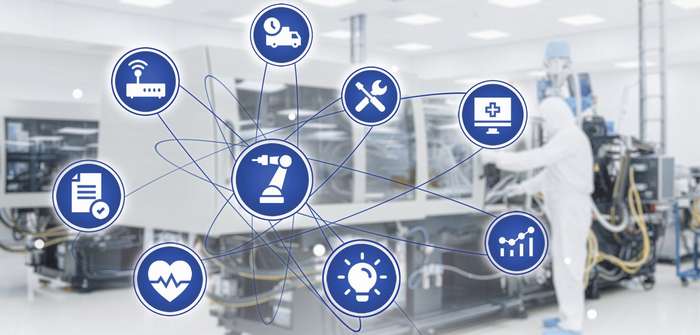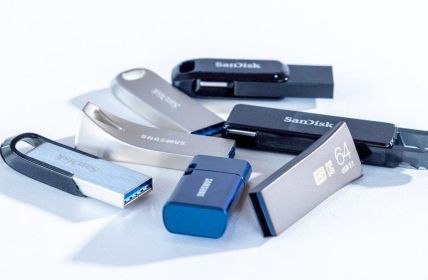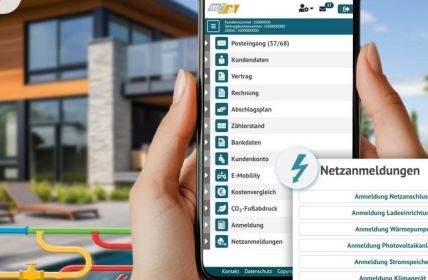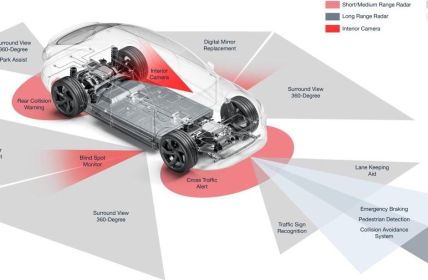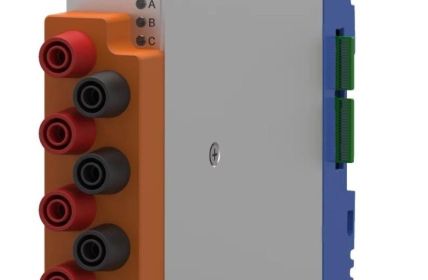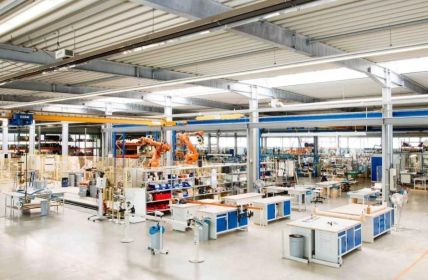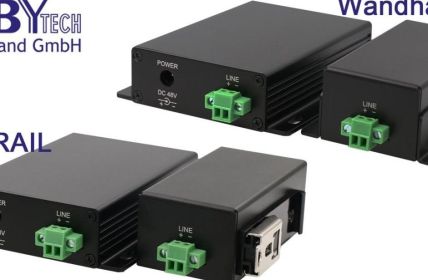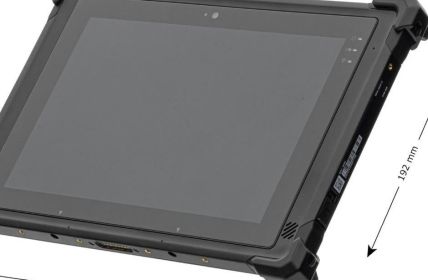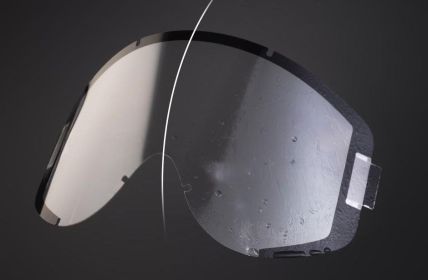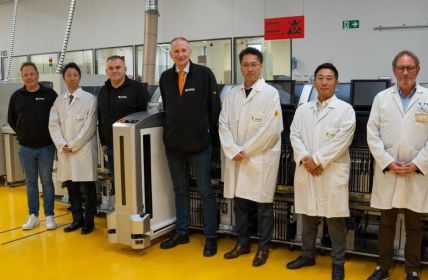As soon as the topic of IoT comes up, it is always associated with extensive and highly complex operations. But that doesn’t always have to be the case. In medical technology, the Internet of Things is very often used to solve everyday problems. The background is that numerous medical devices have to be manufactured in clean rooms. In doing so, manufacturers must prove that the strict specifications for cleanliness have always been met.
Table of Contents: What awaits you in this article
What does the IoT bring to medical technology?
Regulations regarding air contamination in cleanrooms used to manufacture medical devices have been in place for many years. The technology for collecting the data is therefore already very mature. Up to now, the measurement data has been collected and then printed out. The documents are then kept, of course. However, if there are complaints from customers afterwards, the printouts serve as proof of compliance with air purity.
However, this procedure is very error-prone. Since medical products are usually manufactured in large quantities, problems can arise. The documents with the measured values do not always match the batch number. As a result, there is a risk of conflicts occurring. By using the IoT in medical technology, such problems can be ruled out from the outset.
Monitoring cleanrooms
Various medical products, which include not only drugs but also medical instruments and consumables, must be manufactured or processed under particularly clean conditions. This work therefore takes place in so-called clean rooms. These are rooms in which the air may hardly contain any foreign particles. The dimensions for this are specified in the DIN EN ISO 14644 standard. There are a total of nine different cleanliness levels.
In the highest category, there may be a maximum of ten particles in one cubic meter of room air. These may have a diameter of no more than 0.1 micrometers. These particles are so small that they are almost inconceivable. By comparison, a human hair has a diameter that is about 500 times larger. Special sensors are used to record the size and number of particles in the clean rooms.
Combination of IoT and ERP in medical technology
Meanwhile, it is no longer a problem to combine the IoT with the ERP. The measurement data from the cleanrooms is collected and forwarded in real time. If there are any complaints later, it is no longer a problem for the manufacturer of the medical devices to be able to accurately prove the cleanliness of the cleanrooms.
The IoT can do even more in medical technology
In addition to particle measurement in cleanrooms, IoT devices are also used in warehouses or during transport. Networking of different devices is now easily possible. Therefore, in the field of medical technology, the manufacturer can provide all evidence from production to delivery to the customer. Should complaints arise, the manufacturer can provide precise evidence that the specifications were complied with in all areas as intended.
The IoT in medical technology offers manufacturers of medical devices an enormous relief. For one thing, measurement data no longer has to be recorded and documented manually. If required, all relevant data is available at any time. This also brings a considerable degree of safety.


